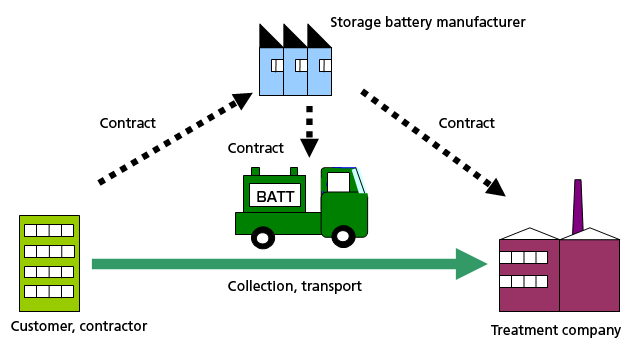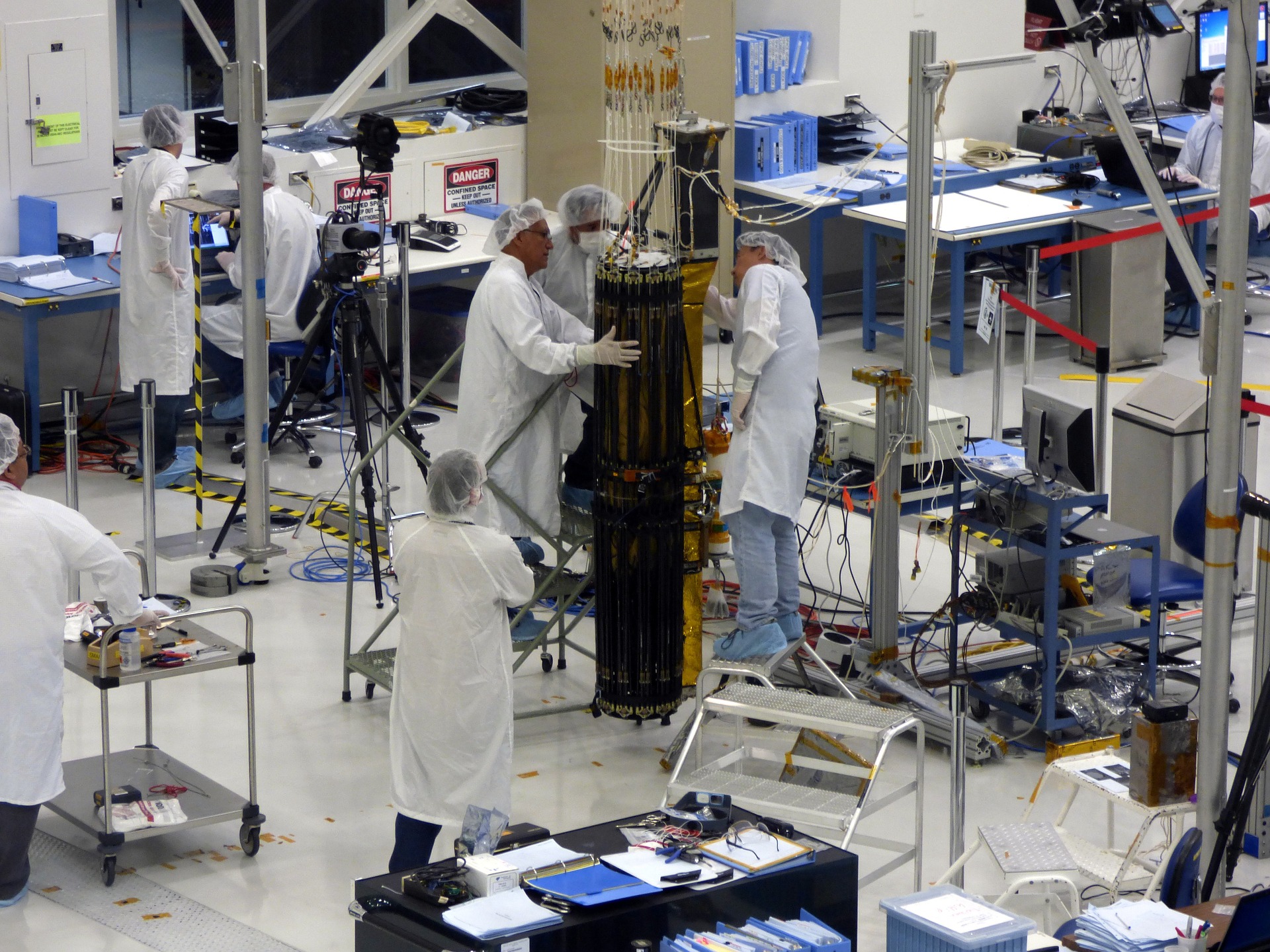Calendar life VS Cycle life
innovation, technology, quality, renewable, energy

Quantifying battery life
Life of a battery is often expressed in two terms calendar life and cycle life. Calendar life is the time for which a battery can be stored, as inactive or with minimal use, such that its capacity remains above 80% of its initial capacity. Cycle life is the number of complete charge discharge cycles a battery can undergo before its capacity degrades to 80% of its initial capacity.
Calendar life and cycle life are not exclusive of each other. Increase in number of utilized battery cycles decrease the remaining calendar life and a battery stored for long time give lesser number of charging cycles. The reason being, life of battery depends on its cell chemical composition. The gradual degradation of battery electrodes and electrolytes, decrease in presence of active material in battery or decrease in access to active material affect the life of battery. Battery keeps degrading over time whether it is just stored or undergoing charge discharge cycle. The rate of this degradation determines available calendar life or cycle life.
Regular servicing of battery is something which increases both calendar life as well as cycle life. The calendar aging effects are not same as cycle aging of battery and factors affecting them are also not same.
Factors affecting calendar life
Calendar aging of battery is mostly due to formation of passivation layer on negative electrodes. Main aging process is formation of films on positive and negative electrodes. The calendar life of battery is affected by the state of charge (SOC) under which it is stored. The effect of SOC on calendar life will depend on the battery chemistry under consideration. Lead acid batteries need to be stored at full charge for maximum calendar life. Whereas Lithium ion and Nickel based batteries need to be stored at 40% of their full SOC.
The temperature at which batteries are stored also affect the calendar life. With increase in temperature the rate of reaction increases. This increases the rate of unwanted chemical reaction as well which increases the degradation of battery. Higher temperature is harmful for the calendar life of battery.
Factors affecting cycle life
The cycle life of battery is affected by the temperature at which it is operated. Similar to calendar life, higher operating temperature lower the cycle life of battery. The rate at which battery is charged and discharged also affect the life of battery. Faster charging rate reduce the cycle life of battery as it causes mechanical damage and degrades the electrodes of battery. Similarly higher discharge rate as well cause reduction in life of battery.
The depth of discharge (DOD) and the maximum SOC attained by battery during discharging and charging cycles affects the life of battery. The effect of depth of discharge on battery life will vary with battery chemistry. Similarly effect of maximum SOC attained by battery on cycle life will depend on battery chemistry. For maximum cycle life Nickel based batteries need frequent deep discharges for maintaining their capacity. Also they need to be charged to full SOC to prevent memory effect in batteries. In case of lithium ion battery, higher the SOC attained during charging, lesser will be the life of lithium ion battery. Deep discharges on lithium ion battery reduces their capacity faster.
Time bound comparison
The comparison of cycle life and calendar life is better done by estimating the time associated with complete utilization of battery’s cycle life. As calendar life is given in terms of time cycle life should also be represented in terms of time. The cycle life of a lithium ion battery is around 1200 cycles but it is rarely charged and discharged to its full capacity. More often it’s charged to 90% of full capacity and discharged to 10% - 15% of its full capacity. This makes the cycle life to around 10000 to 20000 cycles. For completely utilizing this full cycle life of battery, assuming around one to two cycle per day, it would take almost 27 years. Calendar life of battery is around 5 to 10 years. It can be observed that it’s almost impossible for a lithium ion battery to completely utilize its cycle life, considering the assumptions made above.
In upcoming applications of battery like bulk energy storage more than two charge discharge cycles can be utilized in a day. If battery undergo more than two cycles in a day then its cycle life may end near or before calendar life. This scenario is mostly possible in case of lithium ion battery, as they can be charged and discharged rapidly.
According to present usage pattern calendar life ends before battery can complete its cycle life. So choose wisely!!!



